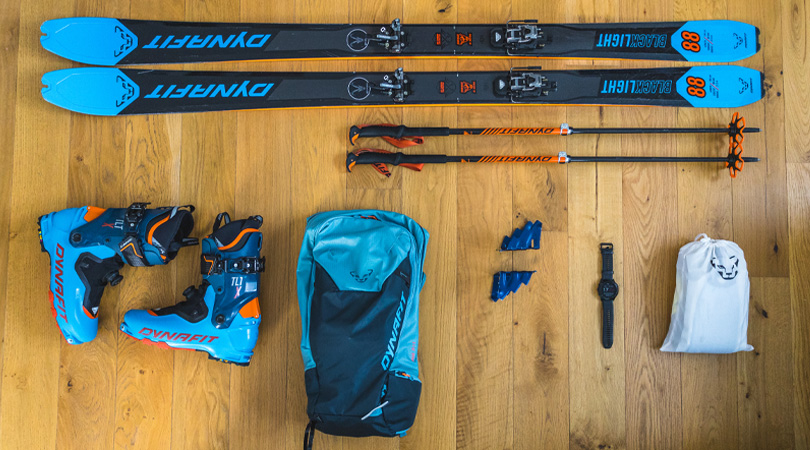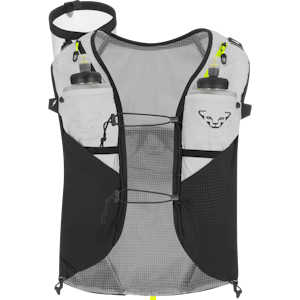How to Trail Run: Training planning
Is your goal this season to finally complete your first ultra successfully? But you don’t really know when or how to best start training. In the following video, sport scientist Lukas has the answers you want!
Goal setting
You should first define your goal or goals based on your completed performance diagnostics. The two most important questions you should ask yourself are:
• What are your primary goals? This can for example be a race or a specific distance in a specific time.
• How can you meld your training and your personal life?
Periodization
After you have selected your goals, you should consider what type of periodization to follow for your training. The most popular forms are 3:1 or 2:1. That means 3 (or 2) days of higher loads followed by 1 day of recovery and light intensity.
Optimizing energy metabolism and metabolic analysis
In order to optimize your energy metabolism, you must shift your lactate curve so the production of lactate remains low even at higher intensities. When less lactate accumulates, less energy comes from carbohydrates and more from fats. This is a top objective as a training goal because you can then perform better for a longer period of time.
Polarized training
Polarized training means combining low-intensity workouts with high-intensity ones to optimize performance.
Goal of the low-intensity workouts: Optimizing fat metabolism. For this, training takes place in the “base endurance” zone or zone 1.
Goal of the high-intensity workouts: Utilizing more oxygen to increase VO2 Max. For this, training takes place in the “development” (or specific) zone.
With the 2:1 periodization mentioned above, your training could look like this:
• Day 1: Higher intensity
• Day 2: Low intensity
• Day 3: Recovery and light intensity
The closer you get to race day, the more you should be doing the intensity you seek in the race.
Monitoring
To manage and monitor your training so that they stay in the zones “base endurance 1” or “development/specific,” take note of four key figures for orientation:
• Pace for flat terrain
• Heart rate zone
• Watt measurement
• Perceived exertion
Recovery
Nearly the most important factor for your recovery is sleep. For this, you must find your own rituals to get plenty of restorative rest. In addition, alternative activities also play a big part in recovery. As a recovery workout, for example, you can also swim or ride a bike.
Nutrition
Utilize the so-called “open window effect” in the first hour after an intense workout. Your body during this phase can better convert carbohydrates and protein to refill your energy stores as well as to promote muscle regeneration.
High-intensity training should be performed with full carbohydrate stores: In the 1-2 hours before training, eat sufficient carbohydrates.
For low intensity training, on the other hand, you should not in the 4-5 hours before training eat any carbohydrates to force your energy to come from fat stores during training.
Other training types
In addition to your workouts that optimize energy metabolism, you should also do balance/coordination, stabilization, and strength training.
This is the guideline: Balance/coordination comes before speed, which comes before strength, which comes before endurance.
Are you in the middle of training and your race is only a few weeks away? Then take a look at our article on race preparation so you can start the competition perfectly.

Etna Speed Rush
Read more
Ski Touring Crete
An experience report about an exotic ski touring trip to Crete, endless snow-covered expanse in the Lefka Ori mountains and Greek hospitality.
Read more
What's inside my skimo pack?
Are you planning a ski tour? Our packing list will help you optimize your preparation. From the right equipment to key essentials, you will find everything you need for the perfect ski tour.
Read more

























